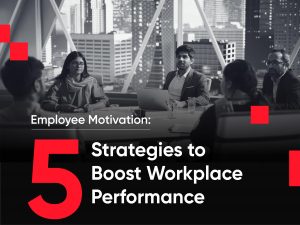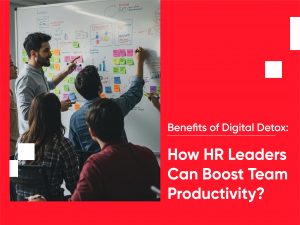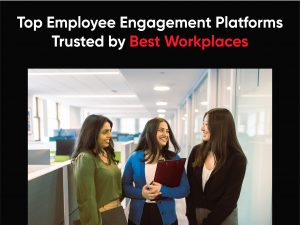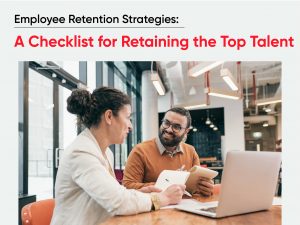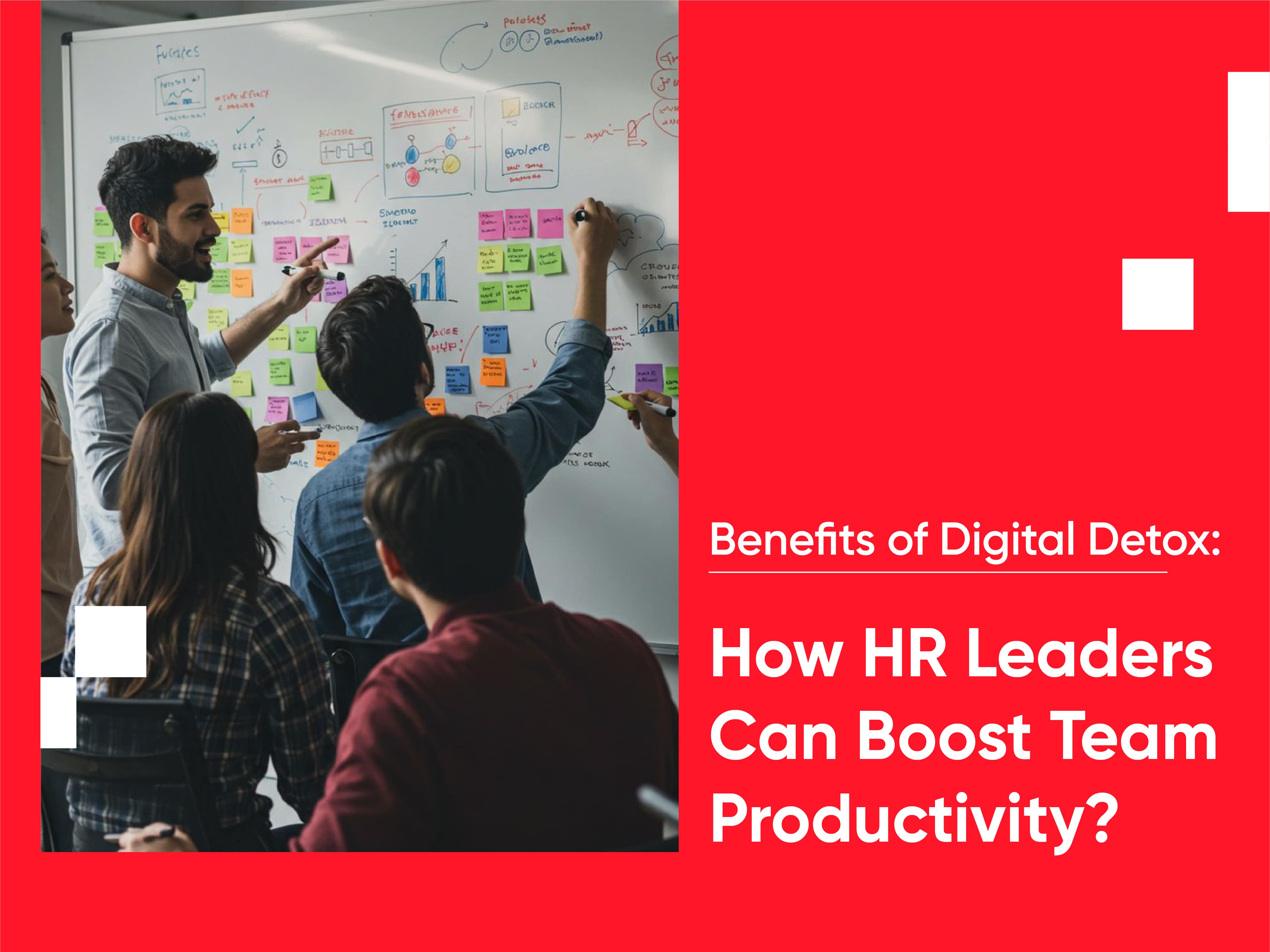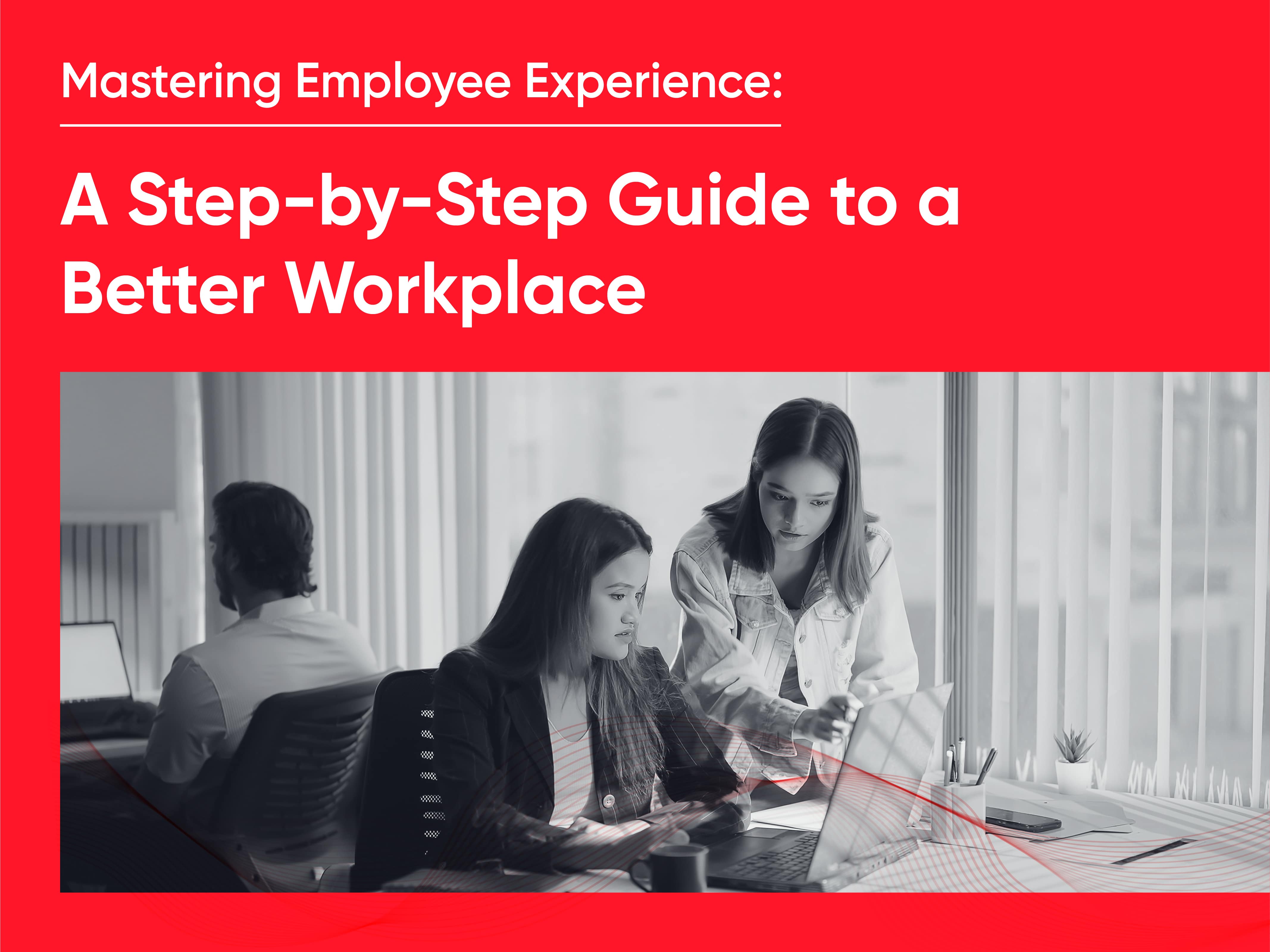Reading Time: 6 minutes
Employee well-being has undergone a remarkable transformation. Once a niche concept discussed in hushed tones, it’s now a hot-button issue gracing boardroom agendas worldwide. However, despite initial progress, recent data paints a concerning picture. The 2022 Workplace Wellness Index, while initially positive, reveals a worrying decline in 2023. Employee satisfaction dipped by a concerning 2 points, while burnout experiences surged by a staggering 3 points. This stark data serves as a potent reminder: true well-being isn’t a one-time initiative but a continuous journey demanding unwavering commitment from individuals and organizations alike.

Workplace Wellness, an umbrella term encompassing benefits and practices designed to support employee health and well-being, plays a crucial role in this journey. Remember, burnout – a state of complete mental, physical, and emotional exhaustion – thrives in its absence. The 2023 data paints a clear picture: lower well-being perceptions coincide with a rise in burnout.
The stakes are high. When employees don’t experience burnout, they’re:
- Twice as likely to want a long-term stay at their organization, fostering stability and loyalty.
- More motivated to go the extra mile for the company, boosting productivity and innovation.
- More adaptable to necessary changes for organizational success, ensuring a future-proof workforce.
- More likely to view their workplace as truly “great,” creating a positive employer brand that attracts top talent.

So, how do we tackle this well-being crisis in the modern workplace? Perhaps it’s time to look beyond traditional solutions. Enter Toddlers – an unconventional source brimming with surprisingly effective well-being lessons.
Toddler-like Well-being: Lessons from the Littles
Yes, toddlers – those seemingly tireless balls of energy – actually work incredibly hard every day. They’re constantly learning, exploring, and navigating complex social situations. Yet, they often enjoy scheduled breaks for play, outdoor time, meals with friends, and, yes, even naps. Now, compare that to many working adults who eat lunch at their desks, skip breaks, and remain glued to their screens for hours. Structured breaks, even a short walk or screen-free activity, can be incredibly beneficial for adult well-being.

But that’s not all toddlers can teach us. Here are five key well-being lessons we can glean from these pint-sized experts:
1. Be a Team Player – Collaboration is in a Toddler’s DNA: Collaboration is ingrained in toddlers. Focused on building relationships and learning, they naturally work well with others. The key is approaching colleagues without judgment. Research shows toddlers don’t assign blame when tasks go awry; they simply acknowledge the issue and seek solutions together. Imagine the power of replicating this collaborative spirit in the workplace! Foster teamwork by encouraging open communication, establishing clear roles and responsibilities, and celebrating team successes.
2. Ask More Questions – Curiosity is a Toddler’s Superpower: Building meaningful connections is a cornerstone of well-being, identified as one of the five well-being dimensions in Great Place To Work research. And what better way to build connections than by asking questions?
Toddlers are masters at this. Studies reveal toddlers can ask hundreds of questions in an hour when not distracted by recording equipment. Asking questions isn’t just about information gathering, it demonstrates humility and genuine interest in others. Encourage a culture of curiosity in the workplace by creating safe spaces for questions, actively listening to colleagues, and celebrating the power of “not knowing” as a springboard for learning and innovation.
3. Embrace Saying “No” – Setting Boundaries Like a Toddler: Toddlers are infamous for their frequent “nos.” While we don’t recommend emulating their full-blown contrariness, there’s a valuable well-being lesson here: setting boundaries. Often, our default response to requests is “yes,” leading to overwork and burnout. To protect your time and well-being, consider resetting your default or pausing before accepting another project. Communicate your boundaries clearly and respectfully with colleagues and managers.
4. Adopt the Toddler Sleep Schedule – Prioritize Sleep Like a Pro-Napping Toddler: Sleep is vital for well-being. Here, toddlers have us beat. Their typical routine involves winding down an hour before bedtime with screen-free activities like reading or quiet play, a warm bath, hygiene routines, and a consistent bedtime. This simple playbook dramatically improves sleep quality, benefiting the entire day. Implement similar sleep routines by establishing a regular sleep schedule, creating a relaxing bedtime ritual, and ensuring a sleep-conducive environment. Encourage employees to utilize flexible work arrangements or nap pods to prioritize sleep during the workday.
5. Celebrate Others – Unleash Your Inner Toddler Cheerleader: Great Place To Work research highlights the importance of a recognition culture for employee well-being. Celebrating others comes naturally to toddlers. Organizations aiming to create “great workplaces” should strive to emulate the pure joy with which a two-year-old celebrates a colleague’s (in their case, playmate’s) success. It might seem silly, but research shows a little fun goes a long way.
Here are some ways to unleash your inner toddler cheerleader:
- Public Recognition: Celebrate individual and team achievements during meetings, company newsletters, or on social media platforms.
- Peer-to-Peer Recognition: Implement programs where employees can recognize and appreciate each other’s contributions. Simple gestures like handwritten notes or public shout-outs can make a big difference.
- Informal Celebrations: Encourage spontaneous celebrations for milestones, big or small. Did a colleague close a big deal? Break out the high fives and maybe some celebratory snacks!
- Make it Fun: Don’t be afraid to inject some lightheartedness into celebrations. Think silly awards, themed potlucks, or even games related to the accomplishment.

The Power of Play: Rethinking Breaks in the Workplace
Toddlers understand the importance of play. It’s not just about fun, it’s essential for learning, development, and well-being. Unfortunately, many adults view breaks as a sign of laziness and often skip them altogether. But research shows that incorporating breaks for play, even short ones, can:
- Boost Creativity and Problem-solving: Play allows the mind to relax and wander, which can spark new ideas and innovative solutions.
- Reduce Stress and Improve Mood: Playtime triggers the release of endorphins, the body’s natural feel-good chemicals.
- Enhance Focus and Concentration: Stepping away from work allows the brain to recharge, leading to renewed focus upon returning.
Here are some ways to incorporate play into the workday:
- Dedicated Game Rooms: Create designated spaces with games, puzzles, or even board games for employees to enjoy during breaks.
- Walking Meetings or Walking Breaks: Encourage walking meetings or short breaks to stretch your legs and engage in casual conversation.
- Organized Activities: Organize on-site games, group fitness classes, or even meditation sessions to promote well-being and team bonding.
Conclusion: Building a Culture of Well-Being
In today’s world of constant hustle, it’s easy to lose sight of well-being. But by embracing some of the simple wisdom toddlers possess – collaboration, curiosity, setting boundaries, prioritizing sleep, celebrating others, and incorporating play – we can cultivate a more positive and productive work environment for all. Let’s redefine our approach to workplace well-being and create spaces where employees can thrive, not just survive. Remember, well-being isn’t a luxury; it’s the foundation for a successful and fulfilling work experience.
Taking Action: A Call to Change
The well-being crisis in the workplace is real. It’s time to move beyond beanbags and ping-pong tables and embrace a holistic approach to well-being. By implementing the lessons learned from our pint-sized colleagues and fostering a culture of collaboration, curiosity, healthy boundaries, sleep prioritization, celebration, and play, we can build a future where work and well-being go hand-in-hand. The power to create positive change lies within us. Let’s start by unleashing our inner toddler and rediscovering the joy of learning, connecting, and thriving at work.


